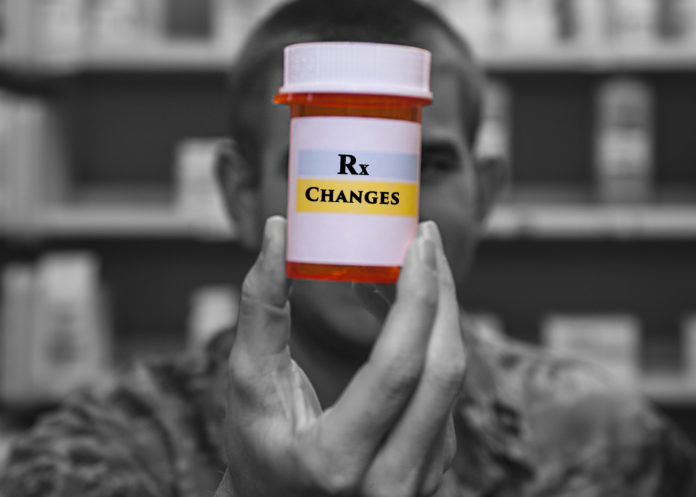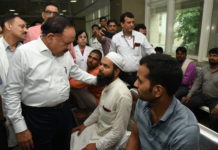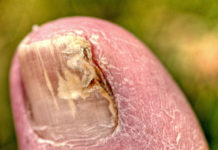
Today, health minister J P Nadda launches National Hepatitis Control Programme of which, the mainstay is directly acting anti-virals, to be available free at government centres. An explainer
Mr Ray of Santa Cruz, Bombay is a much relieved man nowadays. His mental peace was devastated a year back when his son was diagnosed with Hepatitis C infection. He diligently trawled the internet and found that the treatment options available were not much and cure was not guaranteed.
Why is Hepatitis Infection potentially lethal?
Indeed, such was the scenario till a few years back when Injections of Interferon and a drug named Ribavarin were the mainstay of treatment of Hepatitis C. The patient had to take prolonged courses of injections with considerable side effects and a significant number of patients dropped out of treatment. Even with such injections, the cure rate was 60%, and not many people were eligible for treatment.
Infection with hepatitis C virus damages the liver progressively with time, and ends up in cirrhosis of liver – with water collection in the tummy, jaundice (yellow eye) and loss of consciousness. Liver transplant is the only definite and curative treatment of cirrhosis. Hepatitis C also causes liver cancer.
Then came directly acting anti-virals
Fortunately, the situation changed with the invention of drugs called DAA or Direct Acting Antivirals. These medicines can be taken orally for around 12 weeks (there are variations depending on the type of infection) and have produced remarkable results. They have resulted in almost 100% cure rates. The only drawback is the exorbitant cost of the drugs varying from USD 50,000 to 80,000.
The same drugs and their generic formulations are available in India at a fraction of the price, some state governments like the government of Punjab have schemes where patients are given the full course of medicines for free. Today, the programme to provide free DAA will be announced nationally. It will be available free of cost.
Results of the effectiveness of the ‘wonder drugs’ are becoming apparent now. Research and publications from the western countries show that the drugs are curing upto 95% of patients with Hepatitis C. Not only that , the drugs can revert damaged liver back to it’s healthy state to a certain extent. It has also been shown that the full course of treatment can prevent progression of liver damage in the group of patients who already have liver damage at the time of starting treatment.
Why liver transplant is not a viable option
Liver for liver transplantation mainly comes from cadavers or dead people who had given permission to donate organs after their death. This is the situation in the western world where the demand exceeds the supply manifold and patients who need a liver transplant are put on a waiting list. When a liver becomes available , the eligible patient already on the waiting list is called for transplant. Many patients die in the waiting list- never making it to the top of the list as there is a shortage of available organs.
It is in this group of patients the new drugs have caused maximum benefit. Research shows that many people on treatment with these drugs become so well that they can be excluded from the waiting list , which means that they no longer need a liver transplant. So, the donated liver can be given to someone else.
This is a proxy way of showing the effectiveness of the drug.
In India there are no national waiting lists and most liver transplants are living donor liver transplants (which means that someone related to the patient donates a part of liver). The new drugs are so effective that many patients do not need a liver transplant after successfully completing treatment.
This is indeed a ray of hope for the thousands infected with hepatitis C.













